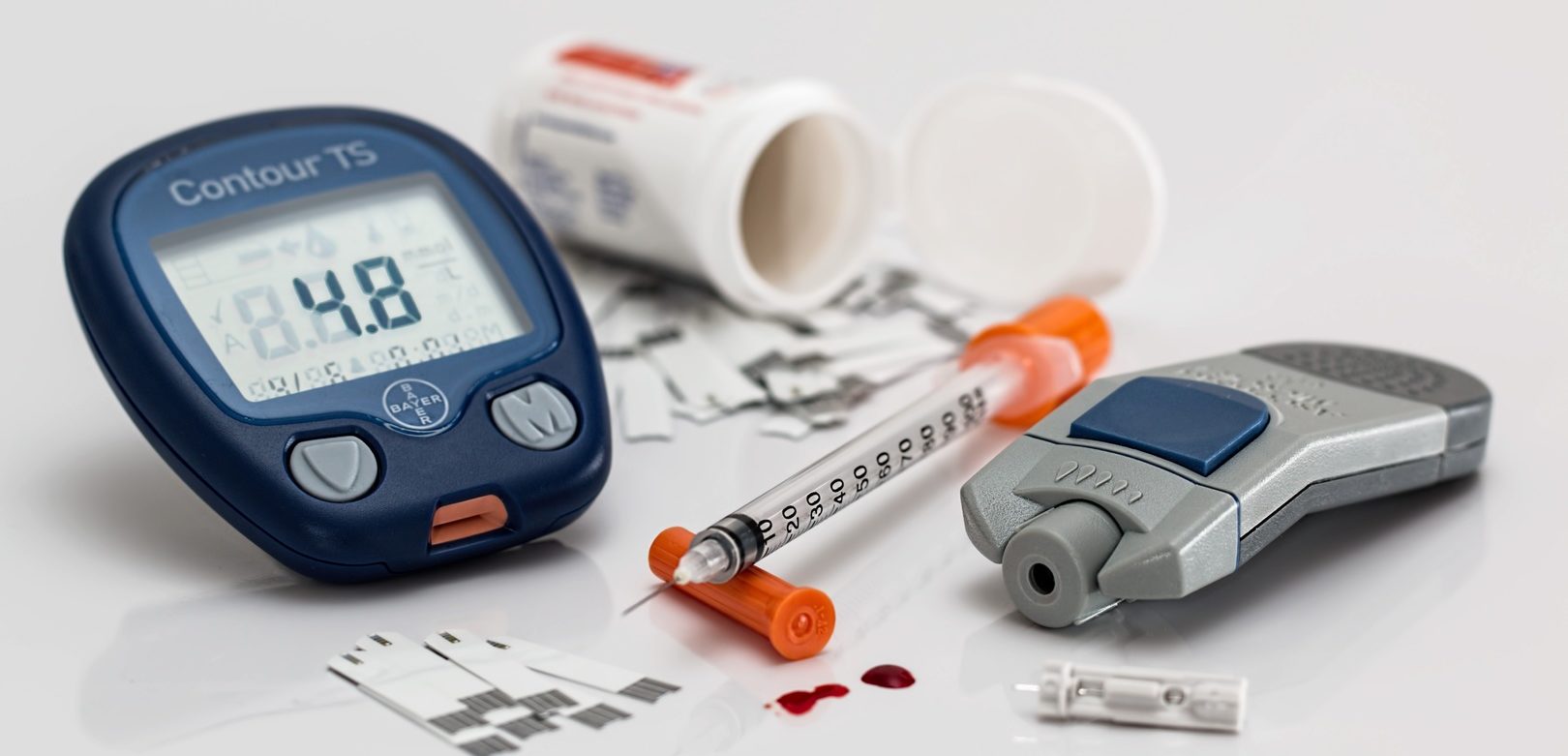
On 25-26 March 2019, Venture Center collaborated with BIRAC and PATH to organise a workshop on Medical Products in New Delhi. Dr. Premnath shares his insights and lessons that can be learnt and reflects on why India is at an inflection point in the medical products space:
Snapshot of the market
The global market for medtech products is roughly 400-500 billion USD and showing a CAGR of 2-5% per year. Major geographical markets are — Americas – 40-46%; Western Europe – 30%; Asia – 18%; Eastern Europe – 4-5%; Middle east/ Africa -2-3%. Within Asia, Japan – 10%; China -2.7% and India – <1 %. Even in Middle-income countries, India is 4th after China, Brazil, Mexico.
Lessons: The Indian market in value terms is relatively miniscule! The bad news (for consumers) here is that the Indian consumer is not very high up in priority and so will not see the latest products early in the product life cycle. The good news (for entrepreneurs) is that the global players are not really interested as much in the Indian market. The small innovators in the developed world definitely cannot afford to focus on the Indian market.
The Indian healthcare sector is roughly 40 billion USD and growing at CAGR of 10-12 %. Of this, the medical devices segment has a market size of approximately 2-5 billion USD (6% of Healthcare sector) and growing at CAGR of 15%. Thus, India is amongst the top 20 in global medical devices market and 4th largest in Asia after Japan, China and South Korea.
Lessons: The Indian medical devices segment is a fairly large market in absolute numbers (in terms of value) and growing rapidly. Given India’s large population, there is a large unmet and unserved need. But it is quite possible that the unmet and unserved need will not provide a healthy margin to entrepreneurs. The good news here is that Indian entrepreneurs have a large domestic market that they can cater to and a >100 times larger global market to grow into. There is also the opportunity to serve an met need with significant scale.
Industry Snapshot
The global medtech industry is heavily dominated by a relatively small number of companies and countries. Top 30 companies of the world control of 80% of sales. These companies are from USA, Germany, Ireland, Netherland, UK, Japan and Switzerland. Average total returns to shareholders (TRS) of 18 percent a year from 2011 to 2016, compared with 15 percent for the S&P 500. More than 60 percent of the growth of the largest medtech players is due to M&A, net of divestitures.
In India, Indian players are relatively small. 80% of sales in India is credited to imports. Worldwide there is a concern for increasing healthcare costs and need for more cost effective solutions.
Lessons: The industry is dominated by few players (monopolistic or oligopolistic). The margins are attractive. This is the perfect recipe to attract new incumbents. An industry with a track record of M&A is also perfect for startups with niche offerings to be created, funded by investors and for investors to find exits. This industry has space for both products with new performance and benefits and also for products that change the cost structure. Again perfect conditions for Indian medtech entrepreneurs!
Another interesting aspect is the nature of the industry in the US. The US is the world leader. 19 of top 30 companies are from USA. 25% of revenue of the industry in US is due to exports (rest is domestic!). The industry creates 2 million jobs in the US (of which 500,000 are direct jobs). More than 80% of companies have fewer than 50 employees. R&D spending is 7% of revenue.
Lessons: The medtech industry is a perfect example of a knowledge-intensive/ technology innovation -driven industry; an industry where knowledge workers and technology innovators can play, perform, maintain an edge and prosper. The medtech industry creates high quality STEM jobs. The industry has considerable potential for contributing to socio-economic development and impact.
Summary
The circumstances are very favorable for Indian medtech startups and companies at this time:
(1) Large under-served domestic need; (2) Sizable existing domestic market; (3) Overprized products; (4) 80% imported; (5) Attractive global opportunity and space to grow; (6) Going by US story, perfect industry for small companies; (7) M&A opportunities; (8) Knowledge intensive industry; (9) Opportunity to create large number of jobs via relatively smaller companies.
While we prepare for this opportunity, we should keep in mind the key drivers in this industry. The Frost and Sullivan CEO Survey listed amongst other top concerns the following — Technology disruptions, Global turmoil and uncertainties and Regulations.
![]()
